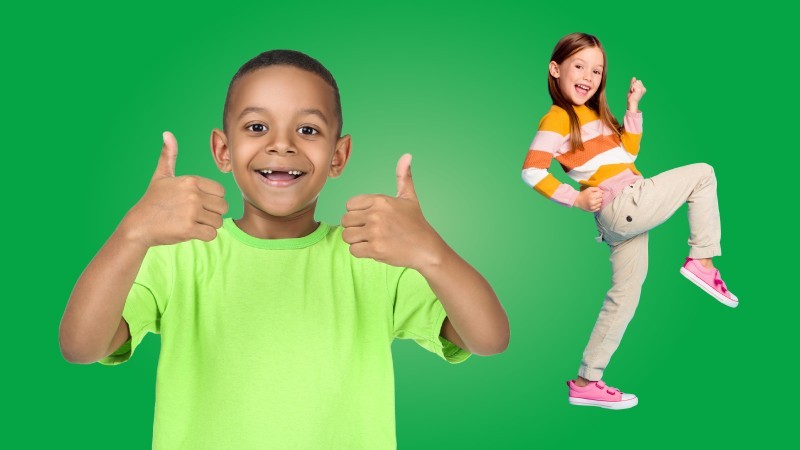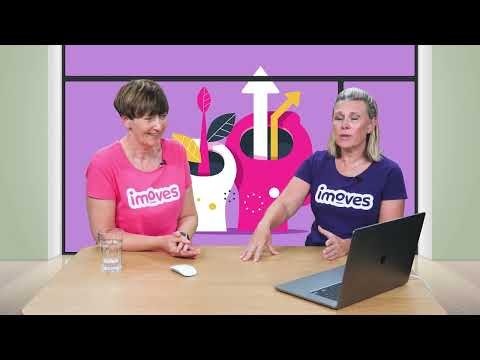In conversations with teachers across the country, I've repeatedly heard about the growing concern surrounding the emotional wellbeing of our children. Recent challenges have only intensified this issue. Notably, a report from the UK-based children's charity, Barnardo's, revealed that 81% of the children their frontline personnel work with are experiencing increasing mental health issues.

In today's challenging environment, prioritising children's holistic health, especially their emotional wellbeing, is of paramount importance. But how can we effectively support them in navigating their emotions, from anxiety, anger, and sadness to frustration, confusion, and disconnection?
I've created this concise video and accompanying guide tailored to teachers who aim to foster emotional wellbeing in primary school pupils. Based on feedback from fellow educators, you'll find it brimming with practical hints and tips that you can start implementing immediately.
